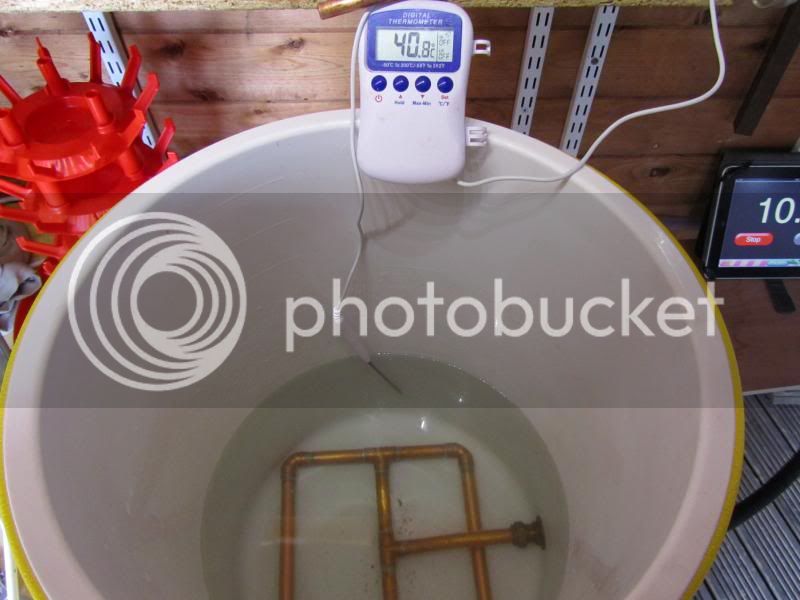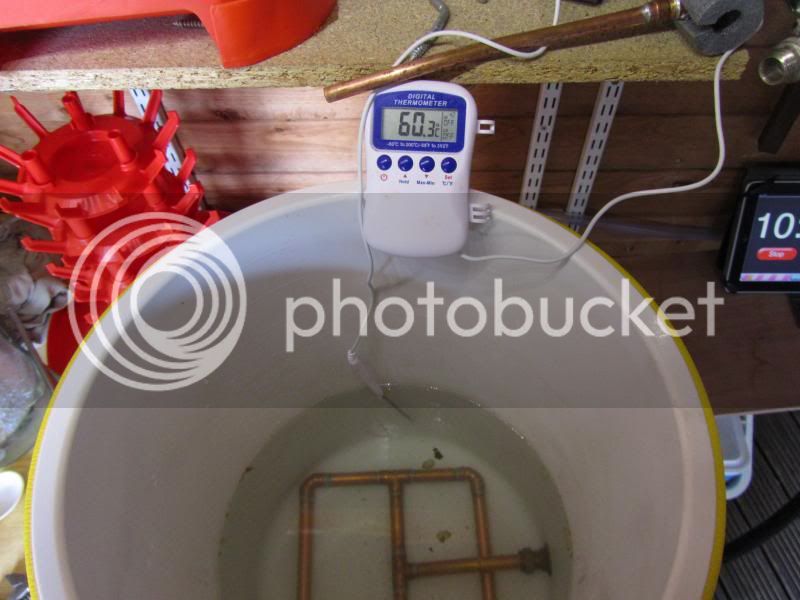bobsbeer
Well-Known Member
Anyone seen this machine? HERE

It's an automatic brewing system made by Brumas. Expensive (about £2000), but the interesting part is that it uses a steam injector into the mash to control the temperature. The steam bubbles agitate the mash. This method looks easy to lift the temp if doing staged mash brews or just bring it up to sparge temp at the end. The video is in German so difficult to follow if you don't understand German, but the pictures give an idea of what's going on.
But could a similar system be set up using a steam generator such as a wallpaper stripper hooked up via a pid system to control the mash? I have never used a HERMS system but pumping steam looks easier to do than plumb/make a herms.

It's an automatic brewing system made by Brumas. Expensive (about £2000), but the interesting part is that it uses a steam injector into the mash to control the temperature. The steam bubbles agitate the mash. This method looks easy to lift the temp if doing staged mash brews or just bring it up to sparge temp at the end. The video is in German so difficult to follow if you don't understand German, but the pictures give an idea of what's going on.
But could a similar system be set up using a steam generator such as a wallpaper stripper hooked up via a pid system to control the mash? I have never used a HERMS system but pumping steam looks easier to do than plumb/make a herms.









